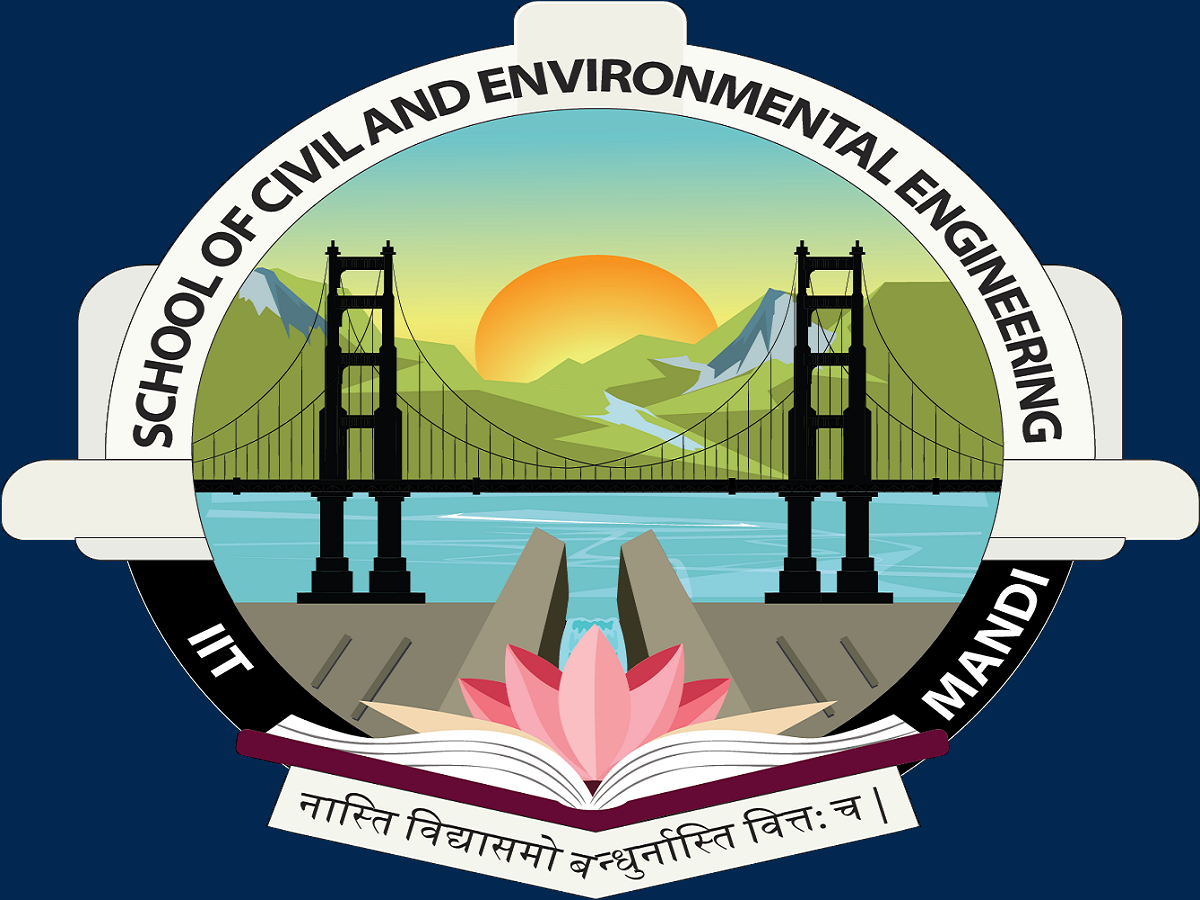Hydraulics Lab
The Hydraulics Lab is a specialized laboratory that focuses on the study of hydraulics, which is the branch of engineering that deals with the behavior of fluids in motion and their applications in various fields such as civil engineering, mechanical engineering, environmental engineering, and more. The lab provides researchers, students, and professionals with state-of-the-art equipment and facilities for conducting experiments, simulations, and analysis related to hydraulics and fluid mechanics. It serves as a hub for advancing research, innovation, and education in the field of hydraulic engineering.
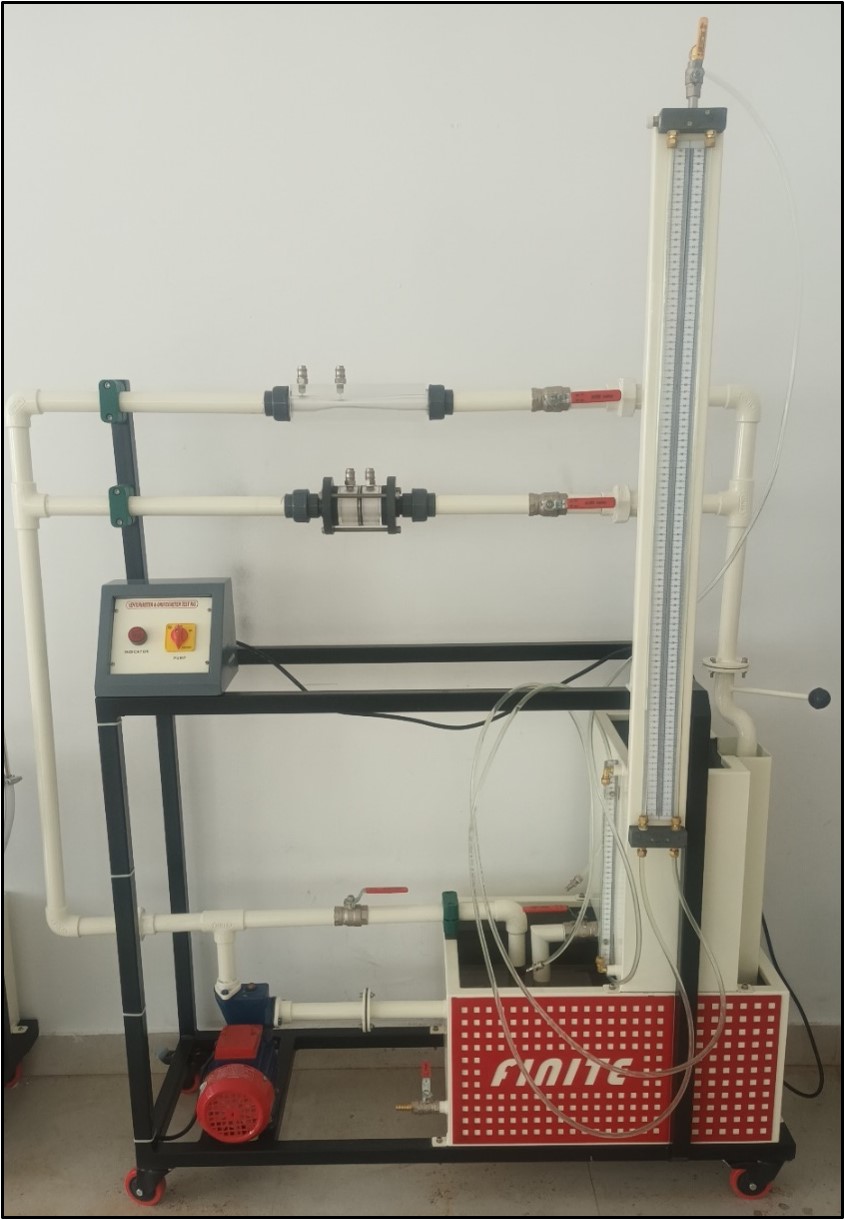
Venturimeter & Orificemeter
To measure discharge through Venturimeter & Orificemeter.
VENTURIMETER: A Venturimeter consists of;
1. An inlet section followed by a convergent cone.
2. A cylindrical throat.
3. A gradually divergent cone.
The inlet section of the Venturimeter is of the same diameter as that of the pipe, which is followed by a convergent cone. The convergent cone is a short pipe, which tapers from the original size of the pipe to that of the Throat of the Venturimeter. The Throat of the Venturimeter is a short parallel side tube having its cross-sectional area smaller than that of the pipe. The divergent cone of the Venturimeter is gradually diverging pipe with its cross- sectional area increasing from that of the Throat to the original size of the pipe. At inlet section & Throat of the Venturimeter, pressure taps are provided.
ORIFICEMETER: An Orifice meter consists of a flat circular plate with a circular hole called Orifice, which is concentric with the pipe axis.
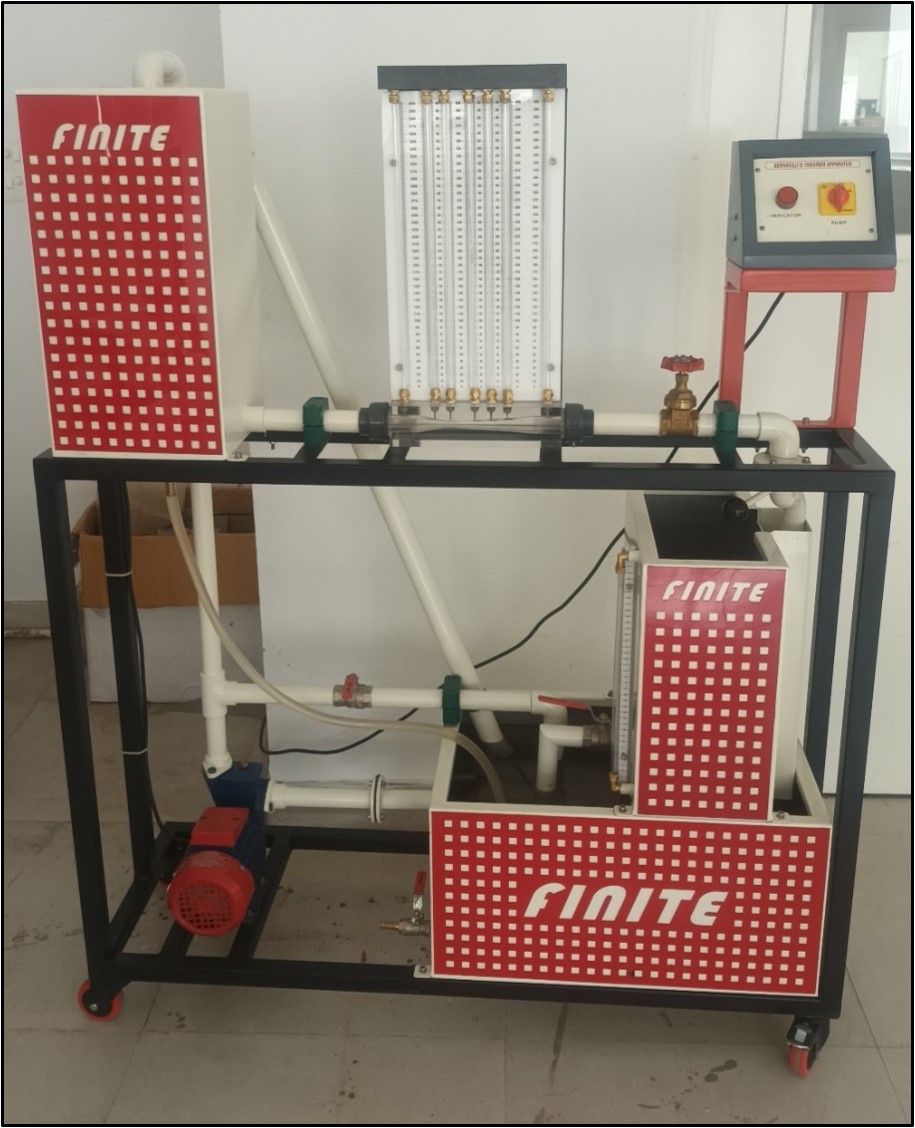
Bernoulli’s Theorem Apparatus
To verify Bernoulli’s equation experimentally by plotting total energy line vs. distance. Bernoulli’s theorem states that when there is a continuous connection between particles of flowing mass of liquid, the total energy at any section of now will remain the same provided there is no reduction or addition of energy at any point.
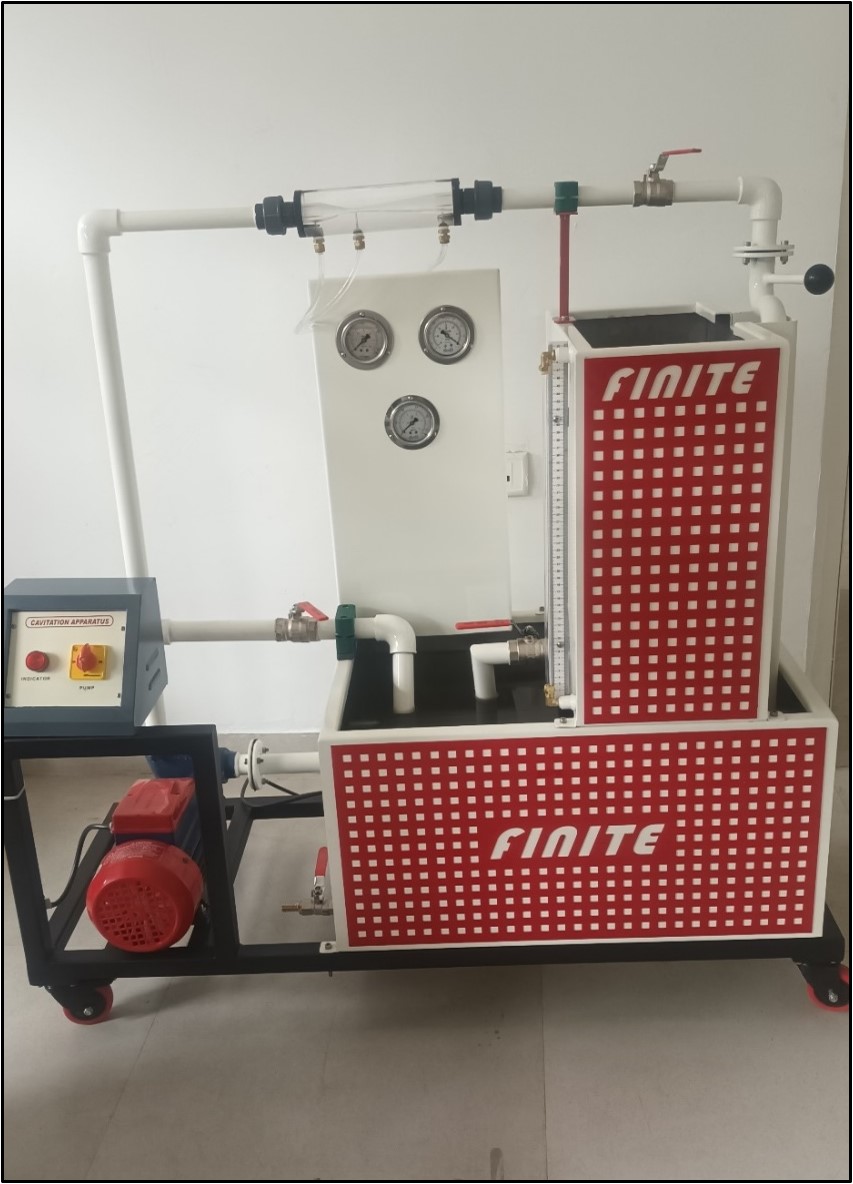
Cavitation Apparatus
The apparatus has been designed to demonstrate the phenomenon of cavitation. Cavitation is demonstrated by forcing water through a contraction so that the static pressure of the water reduces. When the static pressure is reduced, any dissolved air in the water is released as bubbles. When the static pressure is reduced to the vapour pressure of the water, violent cavitation (vaporization of the water) occurs. By restricting the flow downstream of the test section, the static pressure in the test section is increased. When the static pressure is maintained above the vapour pressure, increased flow-rate is possible through the test section without cavitation occurring.

Darcy’s Law Apparatus
To study to find out the coefficient of permeability of a given medium.
Darcy's Law is one of the fundamental equations used in hydrogeology to describe the movement of water through an aquifer and shows that discharge is proportional to the hydraulic gradient and the aquifer material.
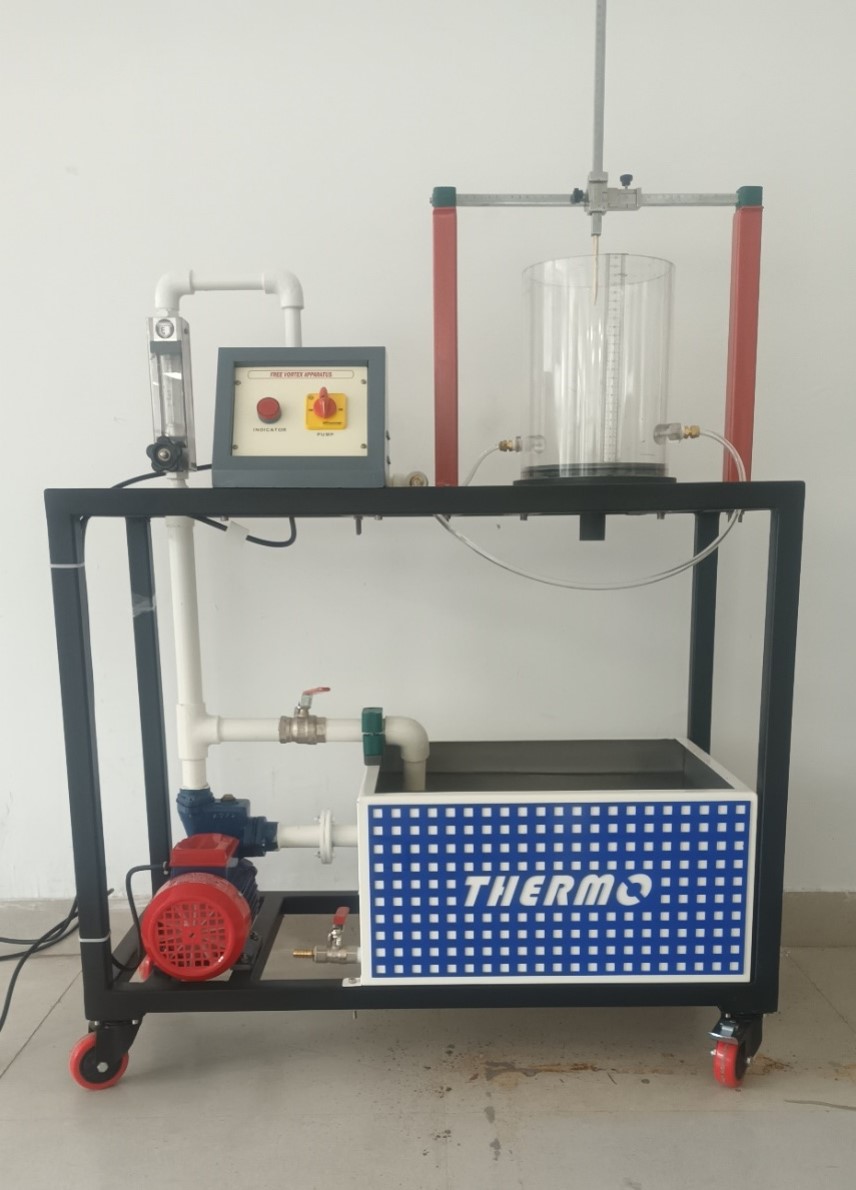
Free Vortex Apparatus
To plot the surface profile of a free vortex by measurement of the surface profile coordinates and to show that total energy is constant throughout vortex. Studying natural phenomena such as hurricanes, tornadoes, and whirlpools (free vortices) requires a full understanding of vortex behavior. It is also critical for engineers and designers to be able to characterize forced vortices generated in machinery, such as centrifugal pumps or turbines.
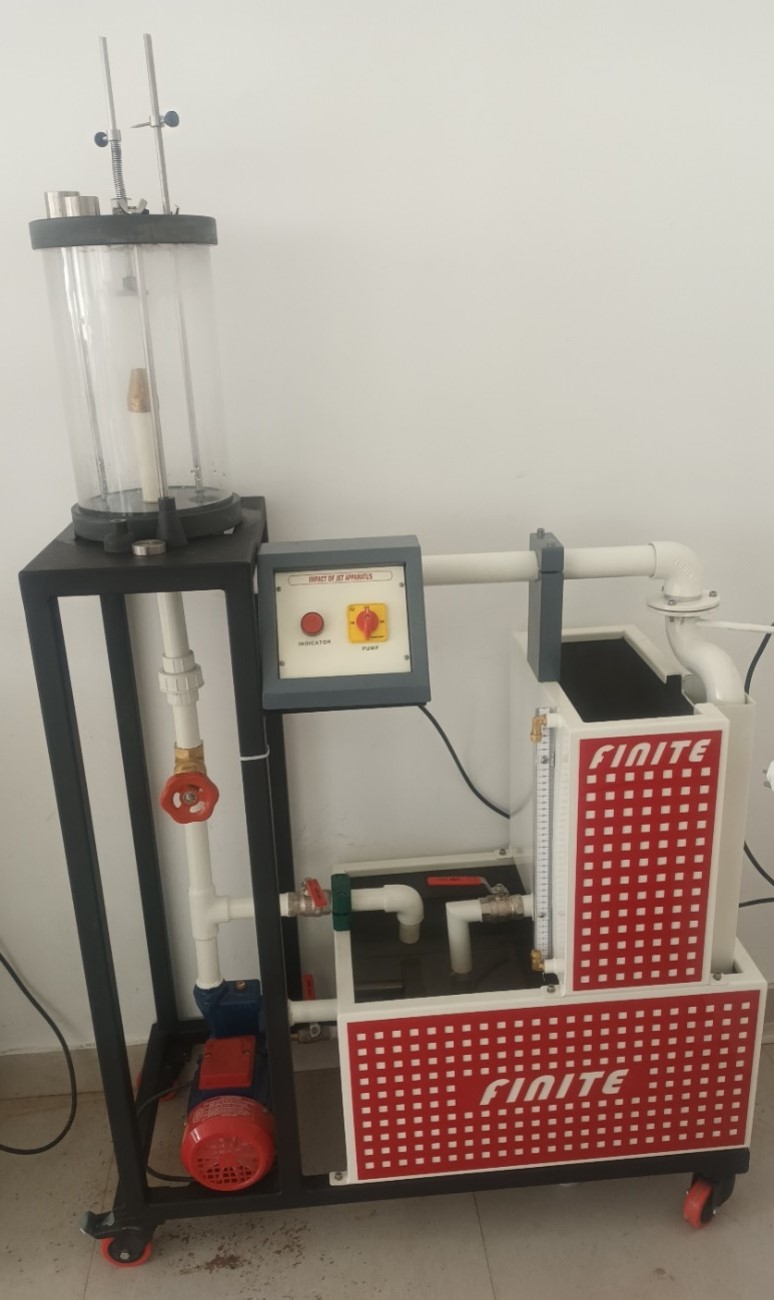
Impact of Jet Apparatus
To study hydraulic force using different types of vanes such as hemisphere, flat plate and conical vanes. When a plate is placed in the path of a jet, the jet exerts a force on the plate. This force can be calculated from the impulse-momentum equation. Momentum equation is based on Newton’s Second Law of motion, which states that “The algebraic sum of external forces applied to control volume of fluid in any direction is equal to the rate of change of momentum in that direction.”
